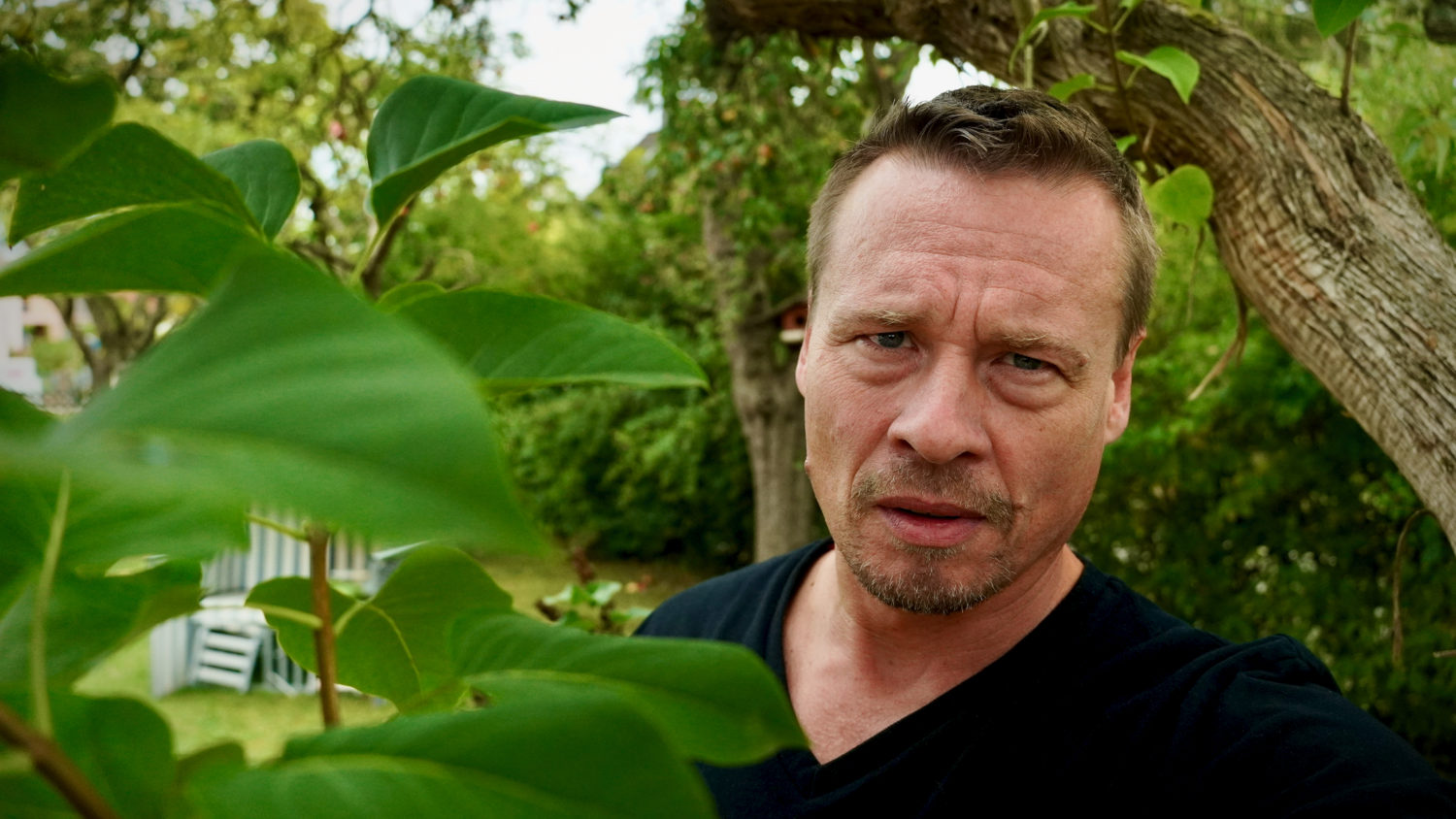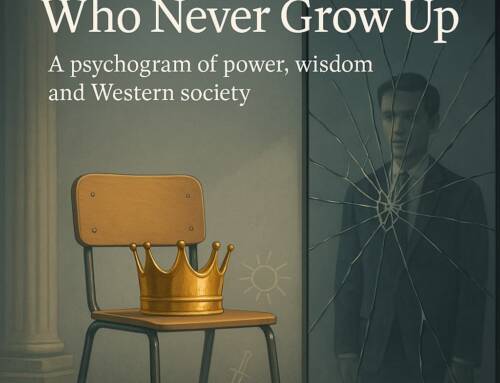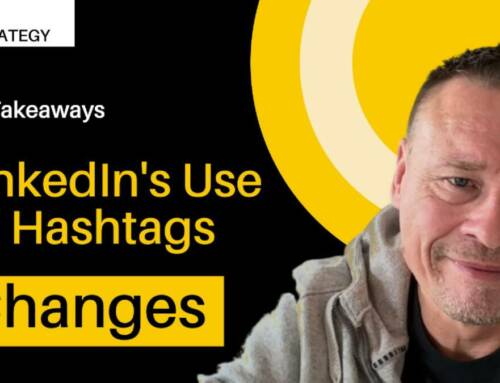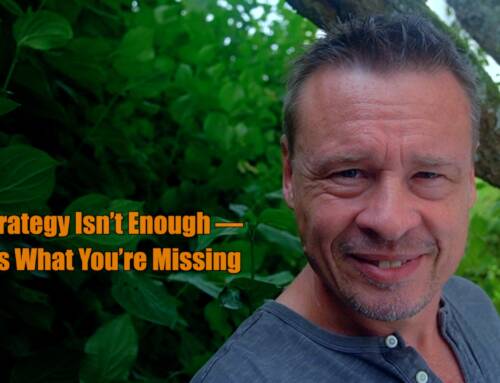What are you going to do about it?
Doing social media outreach by constantly talking about how your project or organisation did well, won’t really change that people don’t really care much about institutions — especially not one of a million projects.
Think of it from a true social media point of view.
Social media outreach is done so much better in form of PR than it comes across as advertisement. Simply because it’s social. Meaning, it is all about getting OTHERS to talk about how you did.
That’s why it can be so effective — word of mouth is super effective. People trust their peers much more than somebody from within an organisation or somehow close to it.
How do you facilitate that?
This time I don’t want to go into detail, just to say so much: You will have to form the basis for others to start talking about you. You do that by engaging with people, be generally relatable and showing up continuously.
- Engagement means that you comment on other people’s posts, meaningfully and caring about what they have to offer.
- Relatability means that you post as an individual, not as a project, including showing your downs as much as your ups, your failures as well as successes. Ideally, you be a mensch.
- Continuity means that you take care of your online relationships by being present and available when some might be looking for you, pretty much as you would in the real world.
In terms of nobody caring about your project
… so should you!
As tough as it may sound, projects are by definition limited in time. Even entire development organisations are set up to bring development, make themselves superfluous and disappear. Their aim is progress, not maintaining themselves — though many people in development are clearly in tenacious denial about this.
The focus of your communication from within a development cooperation project needs to be on that progress. Testifying to that progress should be done by so-called beneficiaries or influencers, politicians or any other people but you and your colleagues from the project or from the donor side. Not that it would be wrong, it’s just super-ineffective.
Going along with that any branding and name dropping belongs in the last paragraph — if it needs to be there at all. Ideally, you would not communicate your content via your own channels but only supply b-roll and text bits to media and other outlets for them to do their thing. But that is another article.
If you cannot avoid showing who paid the piper, then you still certainly don’t want to shove it into your listeners’ ears all the time.
No worries, rest assured if the progress brought about by your project is great and covered well, then you won’t need to push your institution, name or logo to the forefront. Everybody will want to know who is behind it and ask their peers about it.






Leave A Comment